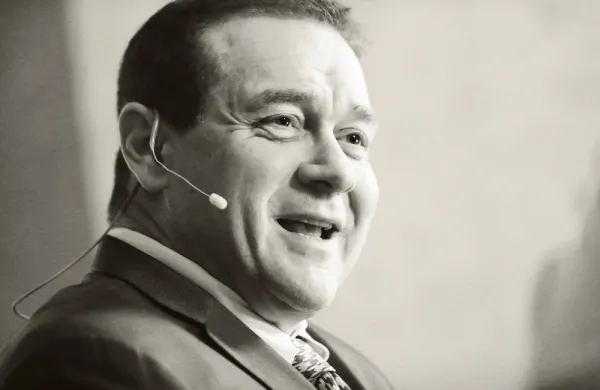Capital is flooding into the private credit markets, just as the asset class stares down its first real test: The threat of a recession.
In an effort to take advantage of the changing private credit landscape, investors have begun to look for ways to put capital to work in short-duration, structured, and distressed vehicles, while working to keep governance provisions in check.
“This is probably the first cycle we’re going to see in private credit given the growth of that asset class,” said Lee Kruter, partner and global head of performing credit at GoldenTree Asset Management. He spoke at the Milken Global Investment Conference on Tuesday, along with a panel of credit investors.
The maturation of the private credit market in recent years, spurred by regulatory changes in the wake of the global financial crisis, has been relatively overshadowed by private equity’s striking growth over the same period.
“We had a bit of a lost decade in credit,” said Anastasia Titarchuk, CIO and deputy controller at the New York State Common Retirement Fund. “You had very tight spreads and tight money, which resulted in very low yield. [Fundamentals] were terrible for credit.”
Now, things have changed. Spreads are widening, and interest rates have increased. This has given investors room to reconsider an asset class that has rapidly evolved since the last rate-hike cycle.
The industry has also become more complex, raising the importance of strong governance and contractual provisions.
The industry already acknowledges the idea of “creditor on creditor” violence, a term applied to scenarios in which one creditor usurps another in the covenant structure after negotiating new terms with a loan recipient. However, Strategic Value Partners founder and CIO Victor Khosla believes that there is more to the story. There’s also what he calls “private equity on creditor violence,” in which private equity sponsors amend deal terms and covenants, causing problems for other creditors in the process.
“Credit investing is no longer what it was,” Khosla said. “It’s much more of a full-contact game with wrestling in the mud.”
In previous cycles, private credit investors supplied liquidity to middle- and lower-middle-market companies that were struggling to get good investment terms from bank lenders. Now larger companies are looking to private credit lenders as well, according to Mike Patterson, governing partner at HPS.
“It’s logical for a company to consider it,” he said. “It’s probably more expensive, and the documents are probably tighter.” He added that CFOs are willing to consider these loans, even with tighter terms, because of the certainty that a private credit lender can provide.
Anne Walsh, CIO of Guggenheim Partners Investment Management, has advised new investors to be cautious. According to Walsh, the level of contraction in the money supply is “unprecedented.”
“When the liquidity is hoovered out of the system, we enter into a recessionary period,” Walsh said. “This will set us up for credit problems to emerge. It’s time to be thoughtful about credit risk.”
Guggenheim is increasingly targeting investments that have higher credit ratings and better positions within the capital structures. “On the back side of that, creditors will have a lot of benefits,” Walsh said. “One of the nice things they’ve done is put the ‘income’ back in fixed income. Careful maneuvering is going to be beneficial in this environment.”
Titarchuk, meanwhile, is playing the investment environment a bit differently. In her view, short-duration credit is “very appealing.” Her focus goes beyond yields, given the lengthy time horizon of the New York State Common Retirement Fund. “If I get spreads, that’s great,” she said. “Ideally, I want multiples.”
New York Common is looking at structured products and is starting to talk with distressed managers. “We’re essentially looking to do more credit and more size than [we’ve had] over the last ten years,” she said.







